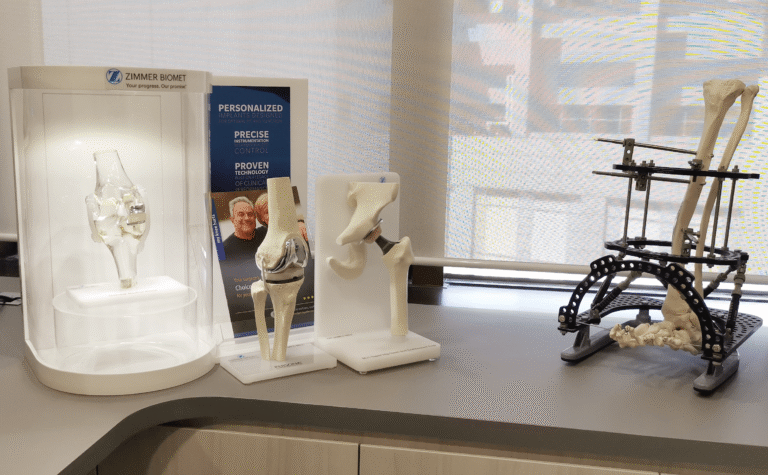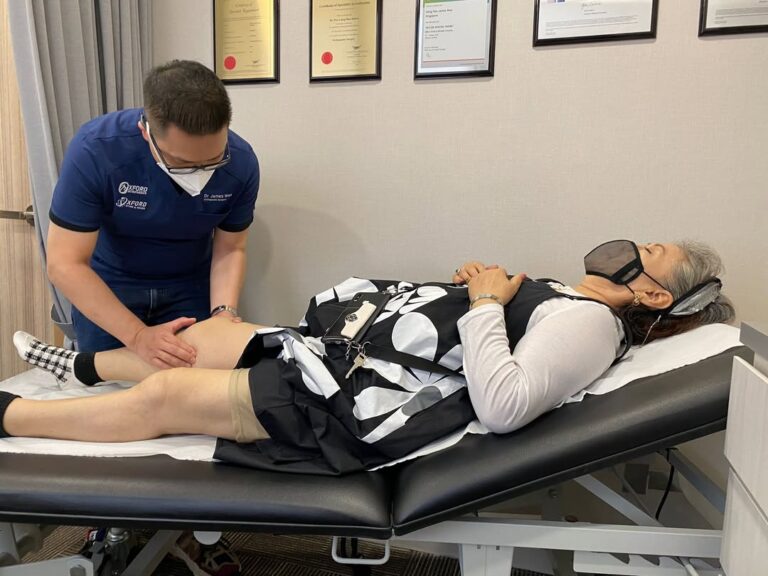
A minimally invasive procedure using a tiny camera and instruments inserted through a small incision to assess and repair internal knee damage.
Effective for:
Repairs are done through 2–3 tiny incisions, and most patients walk the same day.
Only the damaged part of the knee is replaced. Preserves healthy ligaments and bone. Smaller incision, less trauma, and a more natural-feeling joint after recovery.
Torn meniscus tissue is sutured to preserve joint integrity and reduce risk of early arthritis. Return to light activity typically within weeks.
Small drill holes stimulate natural healing. Helps restore smooth joint surfaces and reduce pain over time.

If you’re living with ongoing knee pain, stiffness, or instability, ignoring it or relying on knee guards won’t reverse the damage.
Cartilage and ligament injuries don’t heal on their own.
Delaying proper treatment can lead to long-term deterioration, chronic pain, and eventually, more invasive surgery.

One of the few surgeons in Singapore trained in both Hip & Knee and Foot & Ankle Surgery, offering comprehensive care for lower limb conditions, with over 20 years of surgical experience.

Dr James Wee received specialised training directly under the inventors of the Oxford Partial Knee System (minimally invasive (MIS) partial knee replacement technique) refining his expertise in minimally invasive, tissue-preserving knee surgery.

Specialises in keyhole arthroscopy and minimally invasive joint preservation, prioritising targeted treatment over major surgery where possible.

Minimally Invasive Surgery (MIS) offers significant benefits compared to open surgery. Unlike traditional open surgeries that require large incisions and extensive tissue disruption, Minimally Invasive Surgery (MIS) utilises specialised tools and techniques to access the knee through small incisions.


Dr James Wee is a dual subspecialty orthopaedic surgeon with over 20 years of surgical experience.
He trained in Hip & Knee Surgery at Oxford University Hospitals, and in Foot & Ankle Surgery at the Royal National Orthopaedic Hospital in the UK, both under prestigious fellowship scholarships.
At Oxford, Dr Wee received direct training from the inventors of the Oxford Partial Knee Replacement System, a globally recognised technique for minimally invasive knee surgery.
Our clinic participates in:
Our staff will guide you through claims and billing to obtain a Letter of Guarantee (LOG) and pre-authorisation certificate, so you can focus on your recovery.
Patients are encouraged to contact our clinic for a detailed list of accepted insurance plans.































Knee pain left untreated can lead to worsening damage and reduced mobility.
If you are unsure about your treatment options, book a consultation to get expert advice tailored to your condition.
Not all knee pain requires surgery. If your pain persists despite rest, physiotherapy, or injections, and imaging shows cartilage, meniscus, or ligament damage, minimally invasive surgery may be recommended to prevent long-term deterioration.
That is what the consult is for. Dr James will review your history, imaging, and examine your knee to advise if surgery is necessary, and if so, whether arthroscopy or partial replacement is right. There’s no pressure to proceed if conservative care is still viable.
Yes, that’s the goal. Dr James specialises in procedures like cartilage repair and partial knee replacement that preserve your existing joint. Acting early, before damage becomes widespread, gives you better options and better outcomes.
Keyhole surgery (arthroscopy) repairs internal knee structures using a camera and specialised tools through 2–3 tiny incisions.
Partial knee replacement replaces only the damaged part of the knee, leaving the rest of your joint intact.
Dr James was trained at Oxford under the very surgeons who developed this technique, making him one of few in Singapore offering true MIS precision for joint preservation.
Partial knee replacement typically offers faster recovery, less pain, and a more natural-feeling knee — but only suitable for cases where damage is confined to one part of the joint.
Dr James will assess suitability based on imaging and clinical exam.
Recovery is faster with MIS surgery compared to traditional open surgery.
Most patients walk on the same day after surgery, with support. Light daily activities often resume within 1–2 weeks. Full recovery depends on the procedure type and individual condition.
Postoperative discomfort is usually mild and well-managed with medication. Minimally invasive techniques reduce tissue trauma, which helps minimise pain and swelling.